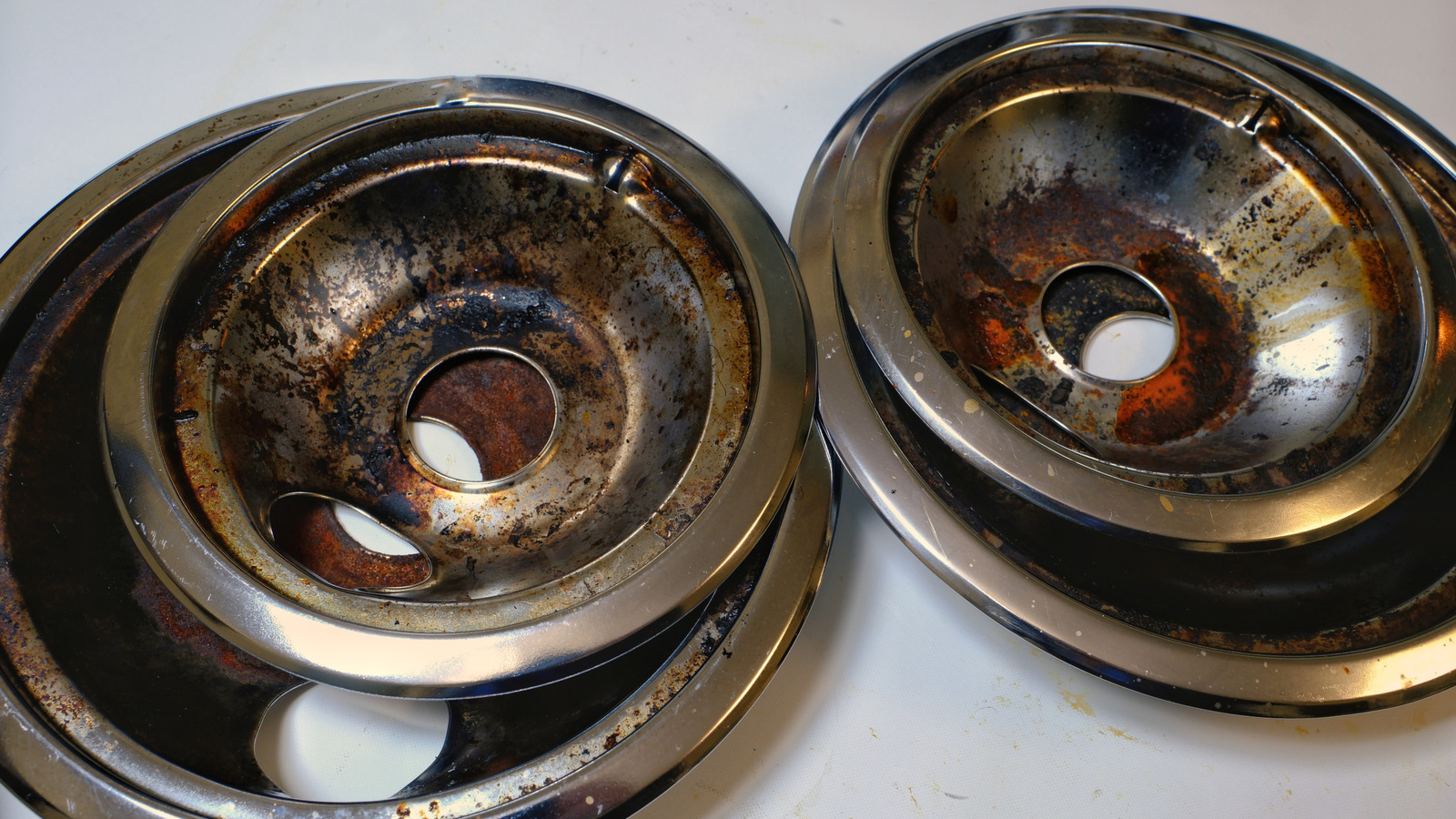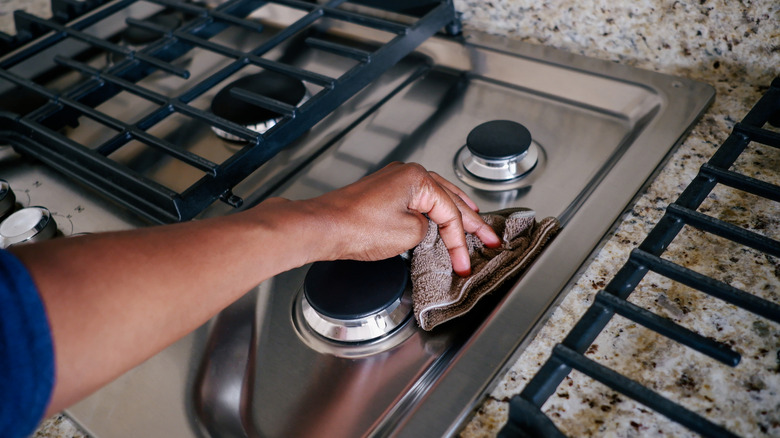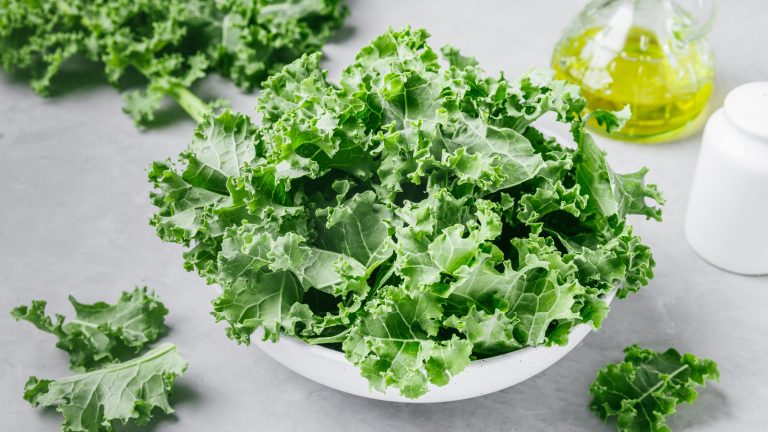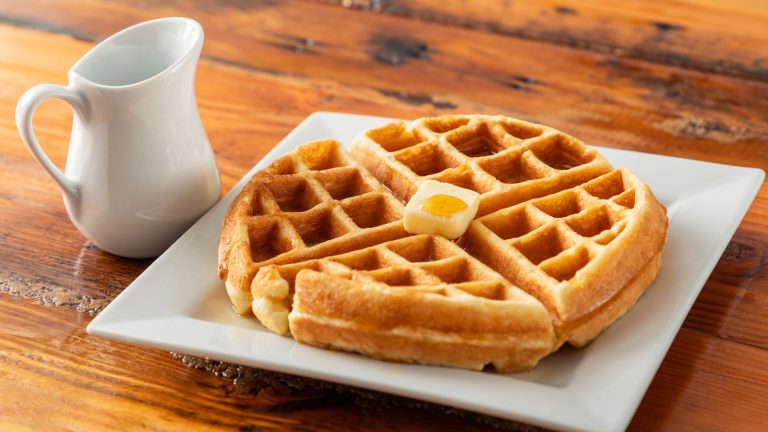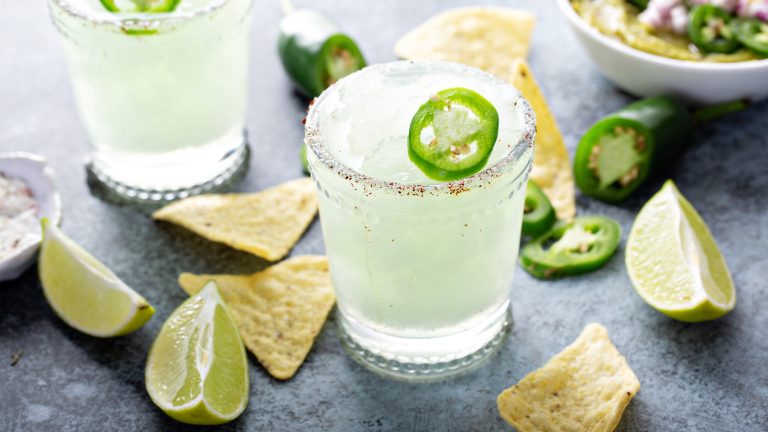Keeping the kitchen neat can be quite the hassle. No matter how thorough you think your cleanup was, there’s always a stubborn spot you end up forgetting about. If you own a glass stove top, chances are you’ve already learned how to clean it without leaving a single scratch. But if you have a gas or electric coil cooktop and notice a strange, unpleasant odor you can’t quite place, it’s likely coming from the drip pans. Found beneath the burners, drip pans are made to catch food remains, liquids, or grease during cooking. However, off smells aren’t the only problem they can bring to the table. Fail to clean them regularly — preferably once a week if you cook on a daily basis — and you could easily set your kitchen on fire.
Instead of leaving it to chance, roll up your sleeves and get ready for an intense cleaning session. Start by checking whether the stove is cool enough to handle safely. Once you’re sure it is, remove the drip pans (along with any burner covers or trim rings) and soak them in warm water mixed with dish soap. If you need something stronger to tackle the grime, a mix of vinegar and baking soda, household ammonia, or hydrogen peroxide combined with baking soda can all be effective. Once you’re done soaking your drip pans, carefully scrub them with a sponge to remove any remaining residues before rinsing them and drying them with a cloth.
Solutions for cleaning drip pans
While you should usually avoid mixing baking soda and vinegar when cleaning since the combo triggers an immediate chemical reaction that produces sodium acetate and carbon dioxide gas, this might be one of those rare cases where the rule doesn’t apply. All you need to do is soak the drip pans in apple cider or wine vinegar for about half an hour, then apply some baking soda and let it react with the acids before repeating the same scrub and rinse process. If you decide to go with baking soda and hydrogen peroxide, be aware that the mix requires careful handling: Avoid inhaling it or letting it come into contact with your eyes or skin. To get it right, cover the pans with baking soda, add a layer of hydrogen peroxide, and give them a good wash 30 minutes later.
Lastly, ammonia is a great option if you have some extra time on your hands since you need to let the drip pans sit for around half a day. Drip pans are undeniably among the spots in your kitchen that you’re probably forgetting to clean, but don’t try any shortcuts to avoid having to clean them. This includes lining them with aluminum foil — it can mess up the burners or even start a fire if it slips.


